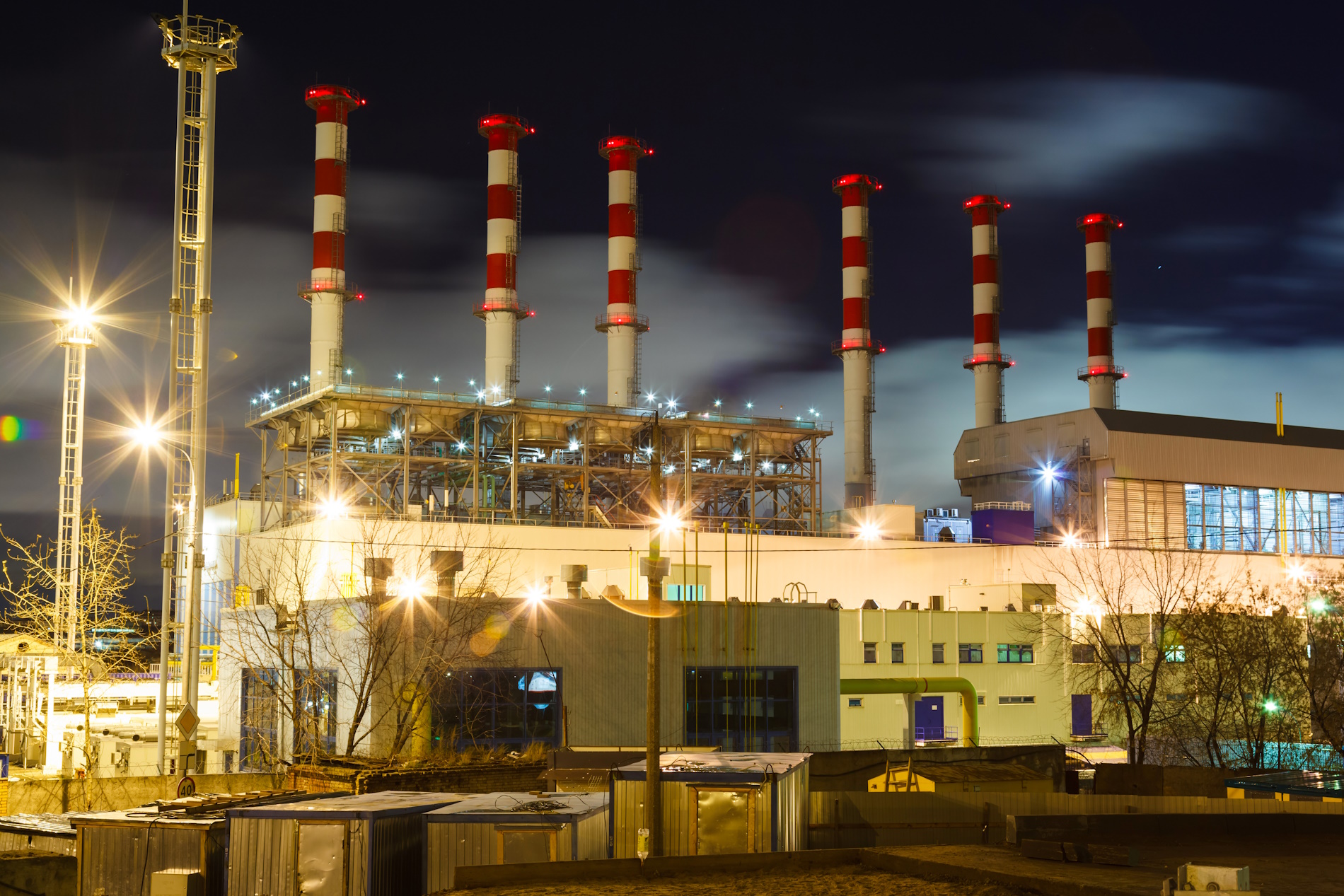Why people buy the gas they do
Have you ever considered the reasons why you choose the gas station you do?

People think that gasoline is gasoline. They think all gasolines are the same because they don’t know any better. Part of that comes from not knowing how gasoline is made. “How the sausage is made”, so to speak.
 Depending on what part of the country you live in, the gasoline you get could be substantially different from the gasoline your cousin gets on the other side of the country.
Depending on what part of the country you live in, the gasoline you get could be substantially different from the gasoline your cousin gets on the other side of the country.
Gasoline starts as crude oil, which is transported through pipelines to be refined at one of 147 refineries across the country into its useable components - gas, diesel, kerosene, jet fuel etc. For gasoline, the refined fuel is then shipped via pipeline or truck, tanker ship or barge to a distribution terminal. This is base gasoline without any additives in it. It gets stored in big tanks until a retail gas station places an order. Once an order is placed, the terminal adds the appropriate proprietary additive packages to create a specific brand of gasoline, usually in the tanker truck itself.
So the main difference between different brands of gasoline, like Chevron vs. BP, is the additive package the terminal adds to the base gasoline before it gets trucked to the gas station.
This may not be the only difference, though. The makeup of the base gas itself can also change depending on time of year and geographic region. Depending on where you live, there may be a legal requirement for a “boutique gasoline” in your area, which is base gasoline that is refined differently in order to make it more environmentally friendly.
14 states, including California and New York, have special rules that allow only boutique gasolines to be sold across the entire state. Another 22 states, like Texas, Michigan and Georgia, require boutique gasolines in certain parts of the state. That leaves just 14 states in the Union that allow conventional gasoline to be sold across their state. So you can see that it’s highly likely you may be using a different kind of gasoline than a person in another state, regardless of the brand you choose.
They make boutique gas by varying the amounts of things like olefins and aromatics and heavier components of gasoline that boil at higher temperatures. That doesn’t mean a lot to the average person, so we would explain it that they add and subtract things in order to make the gas burn cleaner.
Boutique gasoline requirements are aimed to helping air quality in those areas that need it. It’s good for the environment. The downside is that requirements like that add higher cost to the gasoline. It costs money for the refineries to change out their equipment in order to switch over to making different kinds of fuels. And you know that jump in gas prices that happens every year at the start of spring? You can chalk that up to refineries having to cut down production while they make their equipment changes in order to start producing the boutique gasolines used in the summer months.
Have you ever considered the reasons why you choose the gas station you do?

Most of us realize that gas prices are related to the cost of crude oil. Crude oil prices make up 65-70% of the retail cost of a gallon of gas;...

When filling up your vehicle's tank at the gas station, you might be wondering what is the difference between regular gasoline and the fuel they call...